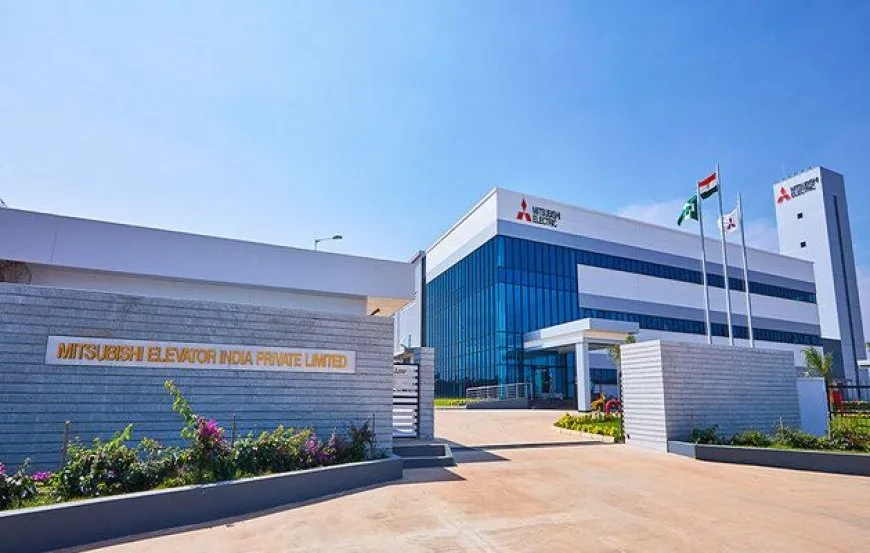Copyright firstpostofindia

Elevators are an important part of modern infrastructure, offering both convenience and accessibility in residential and commercial spaces. Understanding their differences will help you choose an elevator that perfectly matches your needs, whether at home or in a commercial setting. Throughout history, elevators have been used as a convenient mode of transportation, simplifying vertical movement, and improving accessibility. Whether it’s a busy manufacturing facility or a multi-story residential building, elevators make commuting between different levels of the building more convenient. However, each space has different requirements. Elevators installed in residential spaces differ from those in commercial buildings or factory settings, be it due to their design, functionality, or regulatory requirements. What are Factory Elevators? A factory elevator, also known as commercial or industrial elevators, are well known for their strength and endurance. They are typically installed in industrial facilities such as factories, warehouses, storage facilities and retail stores. These elevators are built for heavy-duty applications and focus more on performance and capacity. What are Residential Elevators? Compared to the heavy-duty elevators you’d see in factories; residential elevators are much smaller and lightweight. They are an essential part of a residential building complex. Some common types of residential elevators are traction elevators, hydraulic elevators, pneumatic elevators and MRL (Machine Room Less) elevators. Modern residential elevators go beyond functionality. They quiet, energy-efficient, and can be fitted in different building spaces. Brands such as Mitsubishi Electric India manufacture world-class residential lifts in India that are engineered with enhanced features to ensure smooth operation and a safe vertical transport. Factory Elevators Vs Residential Elevators: Key Differences Usage and Purpose Factory elevators are built to handle the demands of industrial facilities, commercial complexes, and other high-traffic areas. They operate throughout the day, efficiently transporting raw materials, heavy equipment, goods, and even passengers. The main purpose of residential elevators is to make movement between floors easier for residents and improve accessibility. For residential elevators, the focus is more on providing a smooth, quiet, and comfortable ride rather than handling heavy loads. Size and Weight Capacity Known for their strength and performance, factory elevators are designed with sturdy steel frameworks, strong motors, reinforced doors, and bigger, sturdier cabins to handle heavy-duty operations. Many of these elevators can carry significant weight, sometimes up to 5,000 kg of goods and large groups of people in a single trip. On the other hand, residential elevators are more compact and designed for homes and apartment buildings. A popular option for residential settings is the MRL elevator. Instead of requiring a separate machine room, the motor is installed within the hoist way itself. This design not only saves valuable floor space but also helps achieve a cleaner and more streamlined building layout. Installation and Maintenance Factory elevators play a crucial role in warehouses, manufacturing plants, hospitals, hotels, and other high-traffic environments where heavy or bulk goods need to be transported quickly and safely. Installing these elevators is a significant engineering project that requires detailed planning and structural modifications to support the installation. Furthermore, because these elevators operate almost continuously, they demand regular servicing and come with comparatively higher installation and maintenance costs. Residential elevators, on the other hand, are generally simpler to install than commercial ones. Many models don’t require large machine rooms; they can be retrofitted into existing spaces with minimal construction work. Their maintenance is also lighter, typically involving only periodic checks to ensure smooth operation and safety. Both factory and residential elevators are useful for their specific settings. When deciding between a commercial elevator and a residential lift, think about the space, carrying capacity and installation requirements.



